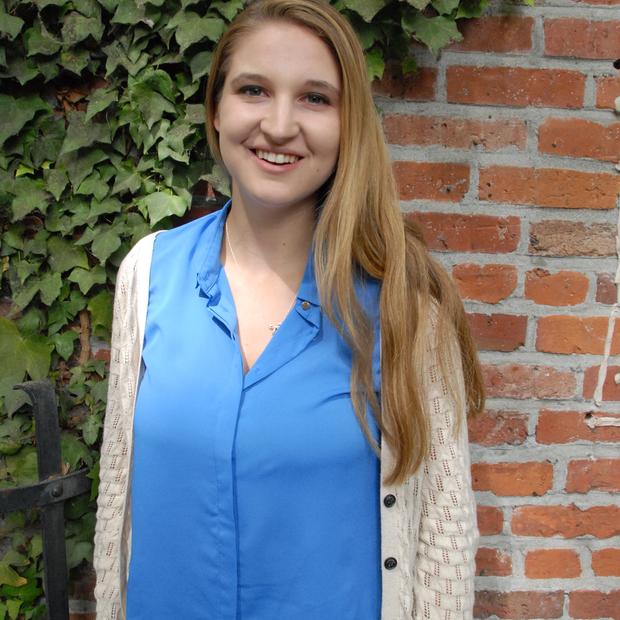They waved paper plates across their faces to combat the stifling heat, but the lack of A/C didn't stop more than 300 residents from gathering last night at the Rainier Valley Community Center, to review proposals on fixing what the mayor calls "the most dangerous street in Seattle." However, what was understood by many attendees to be a community input session turned out to be an announcement for plans already hatched.
At the Rainier Valley Transportation Projects Open House meeting last night, Mayor Ed Murray and city officials announced plans to implement a pilot program on Monday, August 3, which they said would address the ongoing road accidents and deaths on Rainier Avenue.
“We have a huge crisis on Rainier Avenue—the most dangerous street in the city of Seattle,” said Murray. “Eleven people dead in the last decade. Thousands of accidents over that decade. That is unacceptable, and we’re here to do something about it.”
The "re-channelization", as it is called, includes a test area almost a mile long on Rainier Avenue Corridor, from South Alaska Street to South Kenny Street. There will be one lane for each direction with a center turn lane, and longer pedestrian crossing times. A strict 25 mile per hour speed limit will be enforced and monitored by increased patrols, funded by a policing grant.
New, wider parking spaces will also be created so people no longer feel the need to park “with one wheel up on the curb,” as SDOT Community Traffic Liaison Jim Curtin put it. Other future proposals to the busy city avenue include designated bike lanes.
Rainier resident Beverly Hill agreed Rainier Avenue is dangerous, but worried the city hasn't considered enough community input before making changes.
"I thought this was an input meeting, but they plan to begin the project on Monday?” said Hill. Others expressed fear that traffic will increase with just one lane in each direction. "For every person here who tells me that they don’t want bike lanes, there is another person who tells me that they do,” said Curtin.
“This is not about cars versus bicycles or buses versus pedestrians,” Murray responded. “This is about making sure the whole corridor works together.”
The city has pledged to use results from the pilot program to modify the final Rainier Valley transportation plan.
This story first appeared on Friday, July 31.



